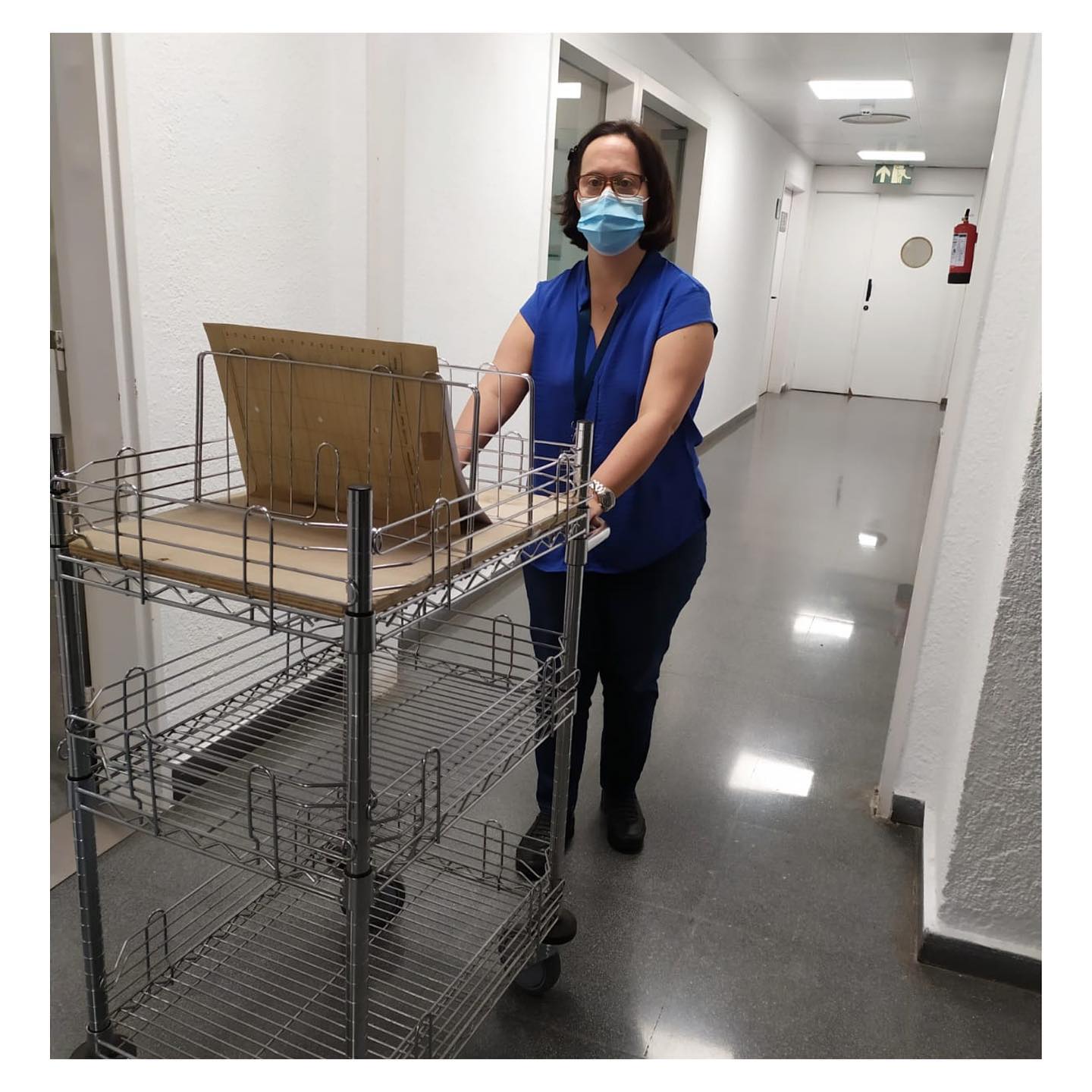Down syndrome, a genetic disorder caused by an extra copy of chromosome 21, can significantly impact various aspects of health, including vision and eye development. Approximately 60-80% of individuals with Down syndrome experience eye diseases, ranging from minor issues like tear duct abnormalities to serious conditions such as early-onset cataracts. Given this high prevalence, regular and thorough eye exams are crucial for people with Down syndrome.
Distinctive Eye Features in Down Syndrome
People with Down syndrome often have distinctive eye features. These include upward-slanting eyelids, prominent skin folds between the eye and nose, and small white spots on the iris called Brushfield’s spots. While these spots do not affect vision and can also be seen in individuals without Down syndrome, they are more commonly associated with the condition.
Common Eye Conditions
Refractive Errors and Eyeglasses
Individuals with Down syndrome frequently require prescription eyeglasses more often than the general population due to refractive errors. These errors, which stem from changes in the eye’s shape, can lead to hyperopia (farsightedness), myopia (nearsightedness), or astigmatism (a combination of both). These conditions cause vision impairment but can be effectively corrected with glasses or contact lenses, allowing for improved visual function and quality of life.
Cataracts
Cataracts, characterized by cloudiness in the eye’s lens, pose a significant concern for individuals with Down syndrome. There are two types: congenital cataracts (present at birth) and acquired cataracts (developing later). Congenital cataracts are particularly worrisome because they can interfere with the brain’s ability to learn to see if not treated promptly. Early detection and intervention are crucial. Infants with Down syndrome should be evaluated at birth for cataracts and referred to an ophthalmologist if any are detected. Even if no cataracts are found initially, all children with Down syndrome should undergo an ophthalmological examination within the first six months of life and continue regular check-ups throughout their lives to monitor and manage any emerging eye conditions.
Glaucoma
Though less common, glaucoma can also affect individuals with Down syndrome. This condition involves increased pressure within the eye, which can damage the optic nerve and lead to vision loss if not properly managed. Treatment options for glaucoma include eye drops, oral medications, laser therapy, or surgery. Early detection and consistent management are essential to prevent vision deterioration.
Keratoconus
Keratoconus, a condition that causes thinning or haziness of the cornea and blurred vision, is particularly prevalent among individuals with Down syndrome. This disease typically emerges during or after puberty. In its early stages, eyeglasses can help manage the condition. As keratoconus progresses, more advanced treatments such as corneal collagen cross-linking may be necessary. This procedure involves applying a special solution to the eyes followed by exposure to ultraviolet light, which helps form new collagen bonds to strengthen the cornea. In severe cases, surgical options may be required to preserve vision.
Tear Duct Abnormalities
Tear duct abnormalities are another common issue in people with Down syndrome, often leading to frequent tearing or discharge, particularly during colds. The initial treatment typically involves massaging the tear sac region 2-3 times daily to attempt to open the tear ducts. If these symptoms persist, a surgical procedure may be necessary to open the tear ducts and alleviate the discomfort.
Blepharitis
Blepharitis, an inflammation of the eyelids, frequently affects individuals with Down syndrome. This condition causes redness at the edge of the lids, crusting around the lashes, and a sensation of dryness or burning. Treatment generally involves maintaining good eyelid hygiene and using topical antibiotics to reduce inflammation and prevent further complications.
Other Common Eye Issues
Other eye issues commonly observed in individuals with Down syndrome include strabismus, amblyopia, and nystagmus.
Strabismus
Strabismus, the misalignment of one or both eyes, is a frequent concern. This condition can lead to amblyopia if left untreated, as the brain begins to favor one eye over the other, resulting in vision loss in the weaker eye. Treatment options for strabismus include prescription eyeglasses, eye patching, and, in severe cases, surgery to correct the alignment of the eyes. Early intervention is crucial to ensure proper vision development and prevent long-term vision impairment.
Amblyopia
Amblyopia, or “lazy eye,” occurs when vision does not develop normally due to the eyes being misaligned or one eye having significantly better vision than the other. This condition can result in vision loss if not treated promptly. Treatment often involves using an eye patch over the stronger eye to force the brain to use the weaker eye, thus improving its function. Eyeglasses and vision therapy may also be used to treat amblyopia.
Nystagmus
Nystagmus is characterized by involuntary eye movements, which can be side-to-side, up and down, or circular. This condition often involves both eyes and can vary in severity. In some cases, nystagmus may resolve on its own over time. However, it can also be managed with eyeglasses or contact lenses, and in severe cases, surgery may be required to improve eye control and reduce involuntary movements.
Individuals with Down syndrome may not always complain about their eye or vision problems, either because they do not notice the issue or have difficulty verbalizing it. Family members and caregivers should be vigilant for signs of vision problems, such as squinting, closing one eye, unusual head tilting, crossing or wandering of the eyes, light sensitivity, and frequent tearing or discharge. Consistent eye exams with specialists are vital because eye disorders are so common in individuals with Down syndrome and can be challenging for pediatricians and primary care physicians to diagnose accurately.
Given the high prevalence of eye disorders among individuals with Down syndrome, regular and comprehensive eye examinations are essential. Early detection and treatment of eye conditions can prevent long-term vision impairment and improve the overall quality of life for those affected. Ophthalmologists play a crucial role in managing and monitoring eye health in individuals with Down syndrome, ensuring that any emerging issues are promptly addressed and treated.
In conclusion, Down syndrome can significantly impact vision and eye health, necessitating diligent eye care and regular examinations. By understanding and addressing the common eye conditions associated with Down syndrome, caregivers and healthcare providers can help ensure that individuals with this genetic disorder maintain the best possible vision and eye health throughout their lives.


















